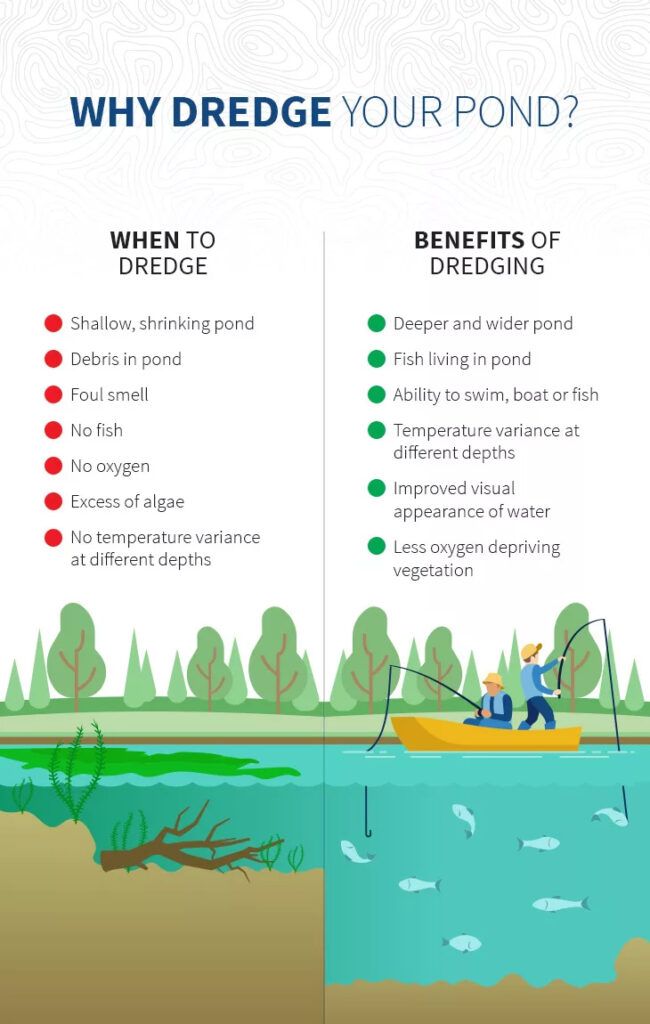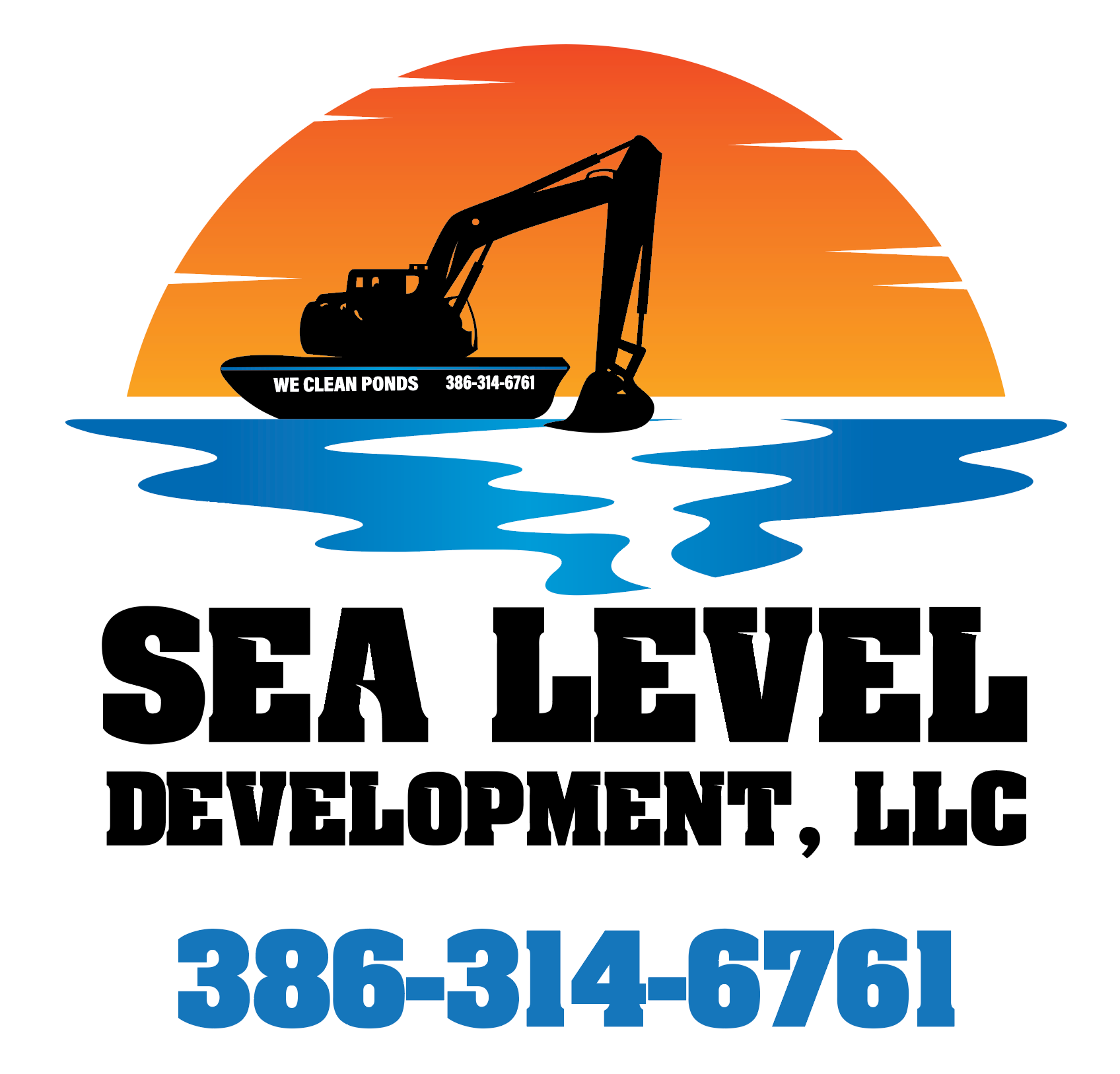Municipal & Industrial Dredging Solutions

Comprehensive Dredging Services for Municipalities and Industry
Our dredging services address sediment buildup, debris, and organic material accumulation that compromise functionality, safety, and appearance. We specialize in restoring depth, improving water quality, and revitalizing aquatic environments with eco-friendly solutions.
Applications of Our Dredging Services:
- Municipal Waterways: Keep stormwater systems, canals, and retention basins clear and operational.
- Industrial Lagoons and Drainage Systems: Ensure compliance with sediment removal and improve flow.
- Golf Course Water Features: Maintain the appearance and functionality of decorative ponds and lagoons.
- Private Ponds and Lakes: Enhance water quality and aesthetics for residential properties.
ROV Dredging: Precision for Challenging Waterways
What is ROV Dredging?
ROV dredging uses remotely operated vehicles equipped with suction and excavation tools to target sediment in areas that are hard to reach or require precision. This advanced technology ensures minimal disruption and maximum efficiency.
Benefits of ROV Dredging:
- Precision Removal: Minimizes ecological disruption and protects aquatic habitats.
- Access to Confined Areas: Operates in tight spaces and deep waters.
- Environmentally Friendly: Reduces impact by carefully removing sediment.
- Cost-Effective: Saves time and money through streamlined operations.
Ideal Applications for ROV Dredging:
- Stormwater Retention Basins: Maintain proper depth and prevent flooding.
- Industrial Waterways & Stormwater: Remove sediment to maintain drainage and functionality.
- Sensitive Ecosystems: Safely dredge without damaging aquatic environments.
Key Signs You Need Dredging
- Reduced Depth or Narrowing Channels: Sediment buildup restricts navigation and impacts water flow.
- Persistent Algae Blooms and Odors: Excess organic matter leads to poor water quality.
- Flooding or Poor Drainage: Obstructed stormwater systems increase flood risks.
- Impaired Ecosystem Health: Stagnation and sediment affect aquatic habitats.
Benefits of Professional Dredging Services
- Restores Water Depth: Remove years of sediment buildup to improve flow and usability.
- Improves Water Quality: Eliminate debris and nutrients that cause algae blooms.
- Prevents Flooding: Maintain effective stormwater management.
- Supports Aquatic Life: Revitalize ecosystems with balanced nutrient levels.
Industries We Serve
We proudly serve a wide range of industries, including:
- Municipalities and Public Works
- Industrial Facilities and Manufacturing Plants
- Golf Courses and Resorts
- Homeowner Associations
- Private Pond and Lake Owners
Contact Us for Your Dredging Needs
Ready to restore your waterways with precision and care? Contact Sea Level Development today to schedule a free consultation for municipal or industrial dredging services in Daytona Beach, FL.
